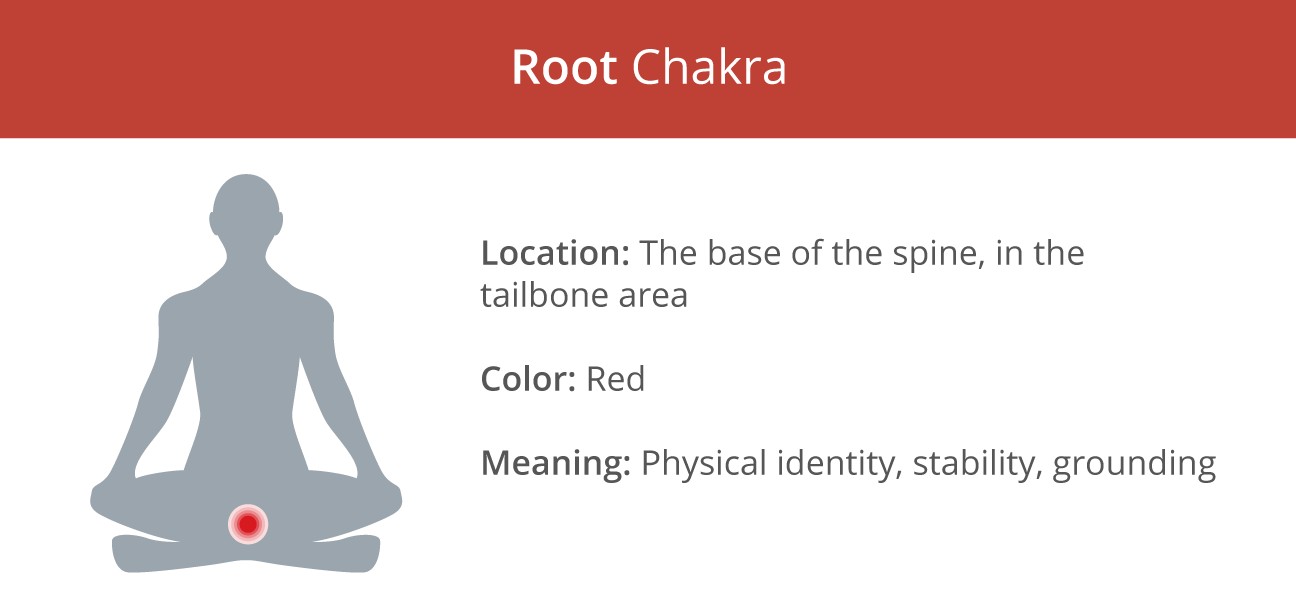The term “chakra,” derived from the Sanskrit word cakra meaning “wheel,” refers to the energy centers within your body. These chakras are visualized as spinning disks of energy, ideally “open,” balanced, and aligned. They correspond to nerve bundles, major organs, and areas of our energetic body, profoundly influencing our emotional, spiritual, and physical well-being. Think of them as vital energy regulators that impact everything from your digestion to your sense of purpose.
While some traditions recognize 114 chakras, the seven main chakras are most commonly discussed. These seven are positioned along the spine, from the base to the crown of the head. Each chakra boasts a unique number, name, color, location, and specific health focus. Understanding these centers can offer profound insights into your overall health and well-being.
The Seven Chakras Explained
Let’s dive into each of the seven chakras, exploring their location, associated qualities, and how imbalances can manifest.
1. Root Chakra (Muladhara)
- Location: Base of the spine, pelvic floor
- Color: Red
- Element: Earth
- Represents: Grounding, security, survival instincts
A balanced root chakra fosters feelings of security, stability, and connection to the earth. You feel grounded and safe in your environment. However, a blocked root chakra can manifest as physical ailments like arthritis, constipation, and bladder or colon problems. Emotionally, you might experience insecurity about finances, basic needs, and overall well-being.
2. Sacral Chakra (Svadhisthana)
- Location: Lower abdomen, about two inches below the navel
- Color: Orange
- Element: Water
- Represents: Creativity, sexuality, pleasure, emotions
The sacral chakra is all about embracing pleasure, creativity, and connection. When open, you experience a healthy flow of emotions and creative expression. Issues with this chakra can present as urinary tract infections, lower back pain, and even impotence. Emotionally, a blocked sacral chakra is linked to feelings of low self-worth, particularly surrounding pleasure, sexuality, and creative pursuits.
3. Solar Plexus Chakra (Manipura)
- Location: Upper abdomen, in the stomach area
- Color: Yellow
- Element: Fire
- Represents: Personal power, self-esteem, confidence
This chakra fuels your personal power and self-confidence. When balanced, you feel assertive, confident, and in control of your life. Blockages in the third chakra often manifest as digestive issues like ulcers, heartburn, eating disorders, and indigestion. An imbalanced solar plexus chakra can lead to feelings of powerlessness and low self-esteem.
4. Heart Chakra (Anahata)
- Location: Center of the chest
- Color: Green (or pink)
- Element: Air
- Represents: Love, compassion, empathy, forgiveness
The heart chakra is the center of love, compassion, and connection. A balanced heart chakra allows you to give and receive love freely and unconditionally. Blocks in this chakra can manifest as heart problems, asthma, and weight issues. Emotionally, those with a blocked heart chakra often prioritize others to their own detriment, feeling lonely, insecure, and isolated.
5. Throat Chakra (Vishuddha)
- Location: Throat
- Color: Blue
- Element: Sound/Ether
- Represents: Communication, self-expression, truth
This chakra governs your ability to communicate honestly and authentically. When open and aligned, you speak your truth with confidence and compassion. As expected, this chakra is connected to our ability to communicate verbally. Voice and throat problems, as well as issues with teeth, gums, and mouth, can indicate a blockage. Imbalances can also be seen through dominating conversations, gossiping, speaking without thinking, or having trouble expressing yourself.
6. Third Eye Chakra (Ajna)
- Location: Forehead, between the eyebrows
- Color: Indigo
- Element: Light
- Represents: Intuition, insight, wisdom
The third eye chakra is the center of intuition, psychic abilities, and inner wisdom. When open, you trust your intuition and have a clear understanding of yourself and the world around you. Blockages can manifest as headaches, issues with sight or concentration, and hearing problems. People who struggle to listen to reality or who are disconnected from their intuition may also have a block.
7. Crown Chakra (Sahasrara)
- Location: Top of the head
- Color: Violet (or white)
- Element: Thought
- Represents: Spirituality, enlightenment, connection to the divine
The crown chakra is your connection to spirituality, enlightenment, and the divine. When open, you experience a sense of unity and interconnectedness with all things. It is linked to every other chakra and affects not just all of those organs but also our brain and nervous system. Those with a blocked crown chakra may seem narrow-minded, skeptical, or stubborn.
Listening to Your Chakras
As you’ve learned about the chakras and their associated qualities, it’s likely that one or more resonated with you. A particular chakra may consistently present challenges or imbalances in your life. Recognizing these patterns is the first step toward healing and balancing your energetic body.
Balancing Your Chakras: A Path to Well-being
Understanding the chakras is a journey of self-discovery. By identifying imbalances and taking steps to restore harmony, you can unlock greater well-being and live a more fulfilling life. Practices like yoga, meditation, mindfulness, and specific chakra healing techniques can help you open and balance your energy centers, leading to improved physical, emotional, and spiritual health.


